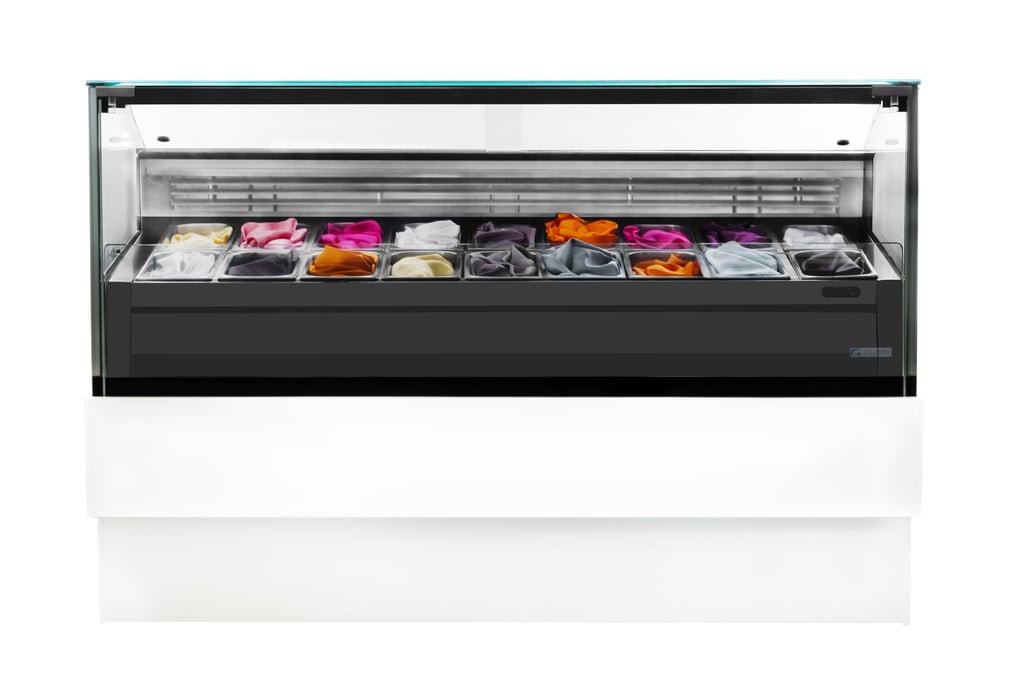Mastering Product Photography for Reflective Surfaces
Discover expert techniques for photographing reflective products like refrigeration units, blast freezers, and stainless steel kitchenware with clarity and style.
Suhas Pothedar
8/6/20252 min read


Photographing products with highly reflective surfaces is one of the most challenging areas in product photography. From refrigeration units and blast freezers to stainless steel kitchenware, reflective materials are prone to glare, hotspots, and unwanted reflections. However, with the right techniques, these products can be captured in a way that highlights their sleek design, durability, and premium quality. Here’s a complete guide to mastering product photography for reflective surfaces.
1. Control the Reflections
Reflective surfaces act like mirrors, picking up everything around them, including the camera, lights, and studio setup. To control reflections:
Use large diffusers or softboxes to create broad, even lighting.
Position the camera and lights strategically to avoid direct reflections.
Employ black or white cards to add controlled highlights and shadows for depth.
2. Use Soft, Diffused Lighting
Harsh lighting creates glare and distracting hotspots on stainless steel and polished surfaces. Soft, diffused light wraps around the product, creating smooth gradients and emphasizing contours without overpowering the design.
3. Highlight Product Shape and Texture
For refrigeration units or blast freezers, focus on clean lines and structural design. For kitchenware, close-ups on brushed steel or polished finishes reveal craftsmanship. Good lighting ensures textures like brushed stainless steel or mirrored chrome stand out.
4. Pay Attention to Backgrounds
Minimal, neutral backgrounds such as white, gray, or dark tones work best to emphasize reflective products. Lifestyle settings can also be used, but the environment should not clutter or compete with the reflective surfaces.
5. Capture Multiple Perspectives
Shoot from various angles to showcase functionality and scale. For large appliances like blast freezers, wide shots are essential, while smaller kitchenware benefits from detailed close-ups.
6. Post-Processing for Perfection
Editing plays a major role in polishing reflective surface photography. Retouching can remove unwanted reflections, smooth out highlights, and enhance clarity while keeping the natural look of the metal intact.
7. Optimize for Online Use
High-resolution images that are optimized for web use ensure faster loading times without compromising quality. Use SEO-focused alt text such as stainless steel product photography, refrigeration unit photography, or photographing reflective surfaces to boost search engine visibility.
Conclusion
Photographing reflective products like stainless steel kitchenware, refrigeration units, and blast freezers requires technical precision and creative control. With the right lighting, composition, and post-production, these products can be showcased as sleek, professional, and trustworthy. High-quality visuals not only highlight durability and design but also help brands stand out in a competitive marketplace.
Crafting Product Visuals that Sell.
connect@clickfoundry.studio
© 2025. All rights reserved.